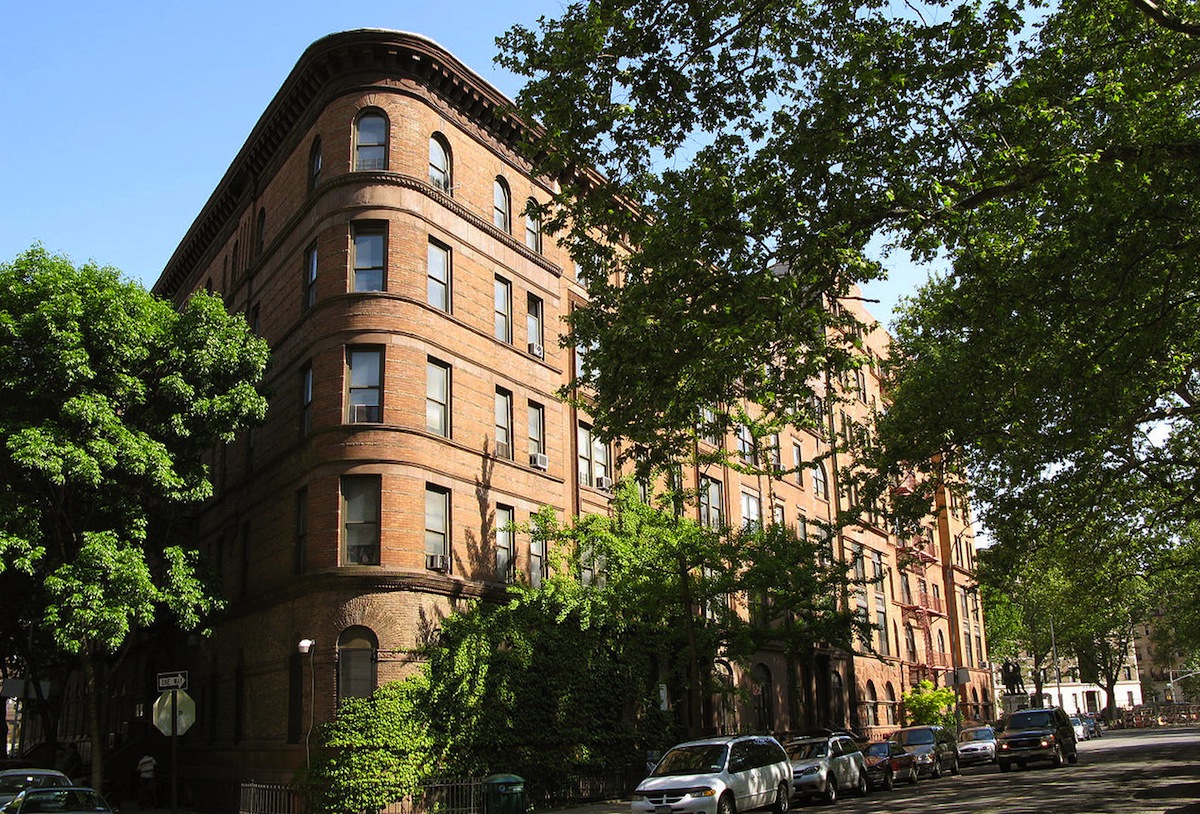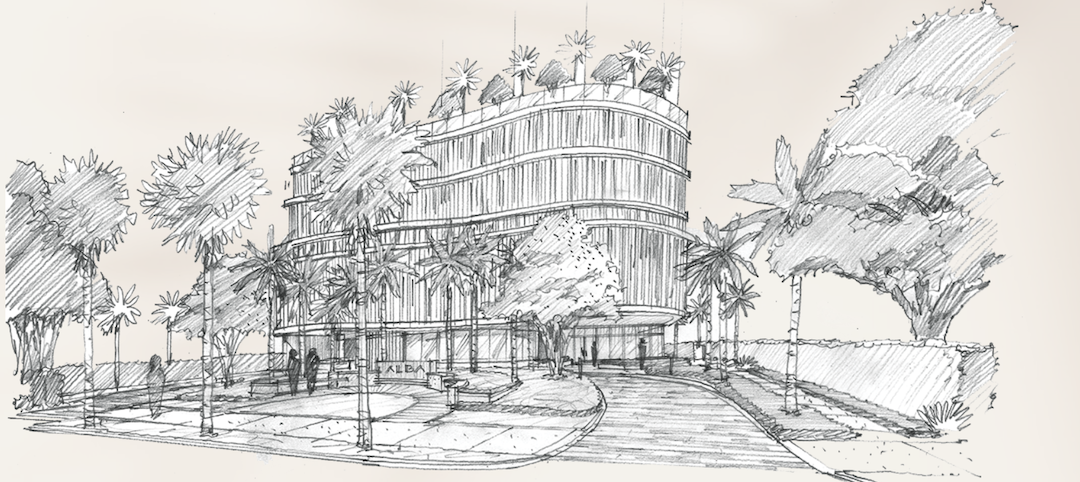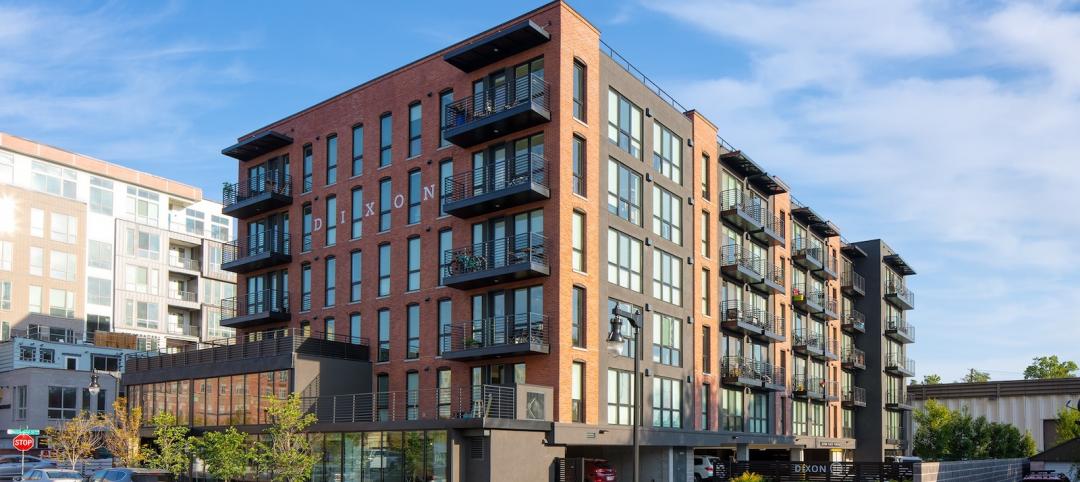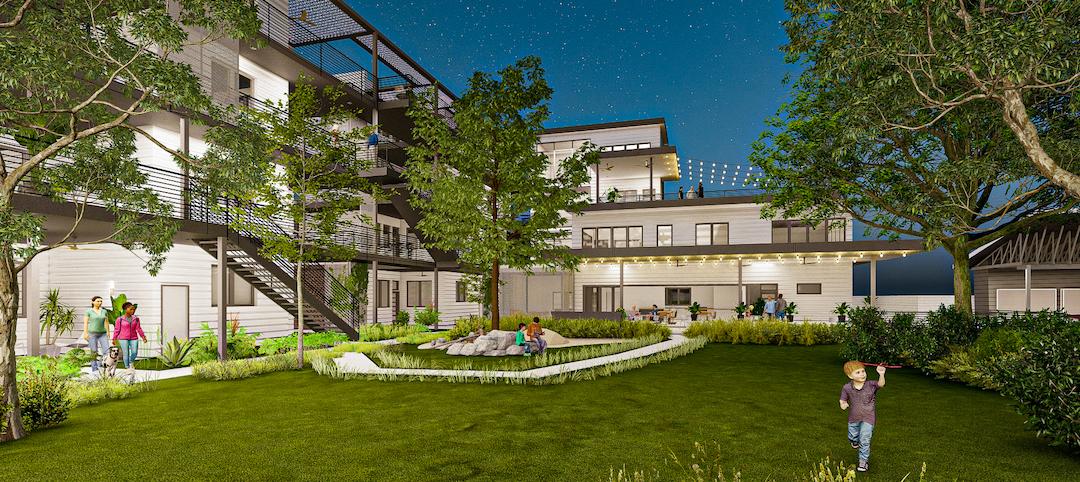Last year was another bumper year for New York City’s real estate market. Multifamily sales hit $12.6 billion, or 39% more that in 2013, according to a year-end report by Ariel Property Advisors, an investment property sales firm.
There were a total of 761 transactions last year, 8% more than in 2013. The borough of Brooklyn accounted for 222 of those transactions valued at $2.35 billion, or 88% higher than the Brooklyn transactions in 2013. In that borough, deals exceeding $20 million accounted for 47% of its transactions. For New York City as a whole, $20 million-plus deals accounted for more than half of all transactions.
Ariel estimates that 1,413 properties were sold last year, 13% more than in 2013. The properties sold had 47,885 total units, or 20% more than the buildings sold in 2013.
In Manhattan, whose real estate prices have been going through the roof in recent years, transactions may have declined by 12% to 139, but dollar volume jumped by 15% to $5.138 billion, with the Upper East Side being the liveliest neighborhood. The Real Deal, a website that reports on New York real estate news and trends, notes that one of the biggest deals last year was the Chetrit Group and Stellar Management’s purchase of two Upper East Side rental buildings at 1660 2nd Avenue and 160 East 88th Street for a combined $485 million.
In a recent interview with the New York Real Estate Journal, Ariel’s founder and president, Shimon Shkury, notes that the average price per square foot in Manhattan rose by 25% to $866, “as investors were willing to pay ever-higher premiums to own core Manhattan.”
For 2015, Shkury remains bullish about New York’s real estate prospects, with some caveats. “We’ve identified a few headwinds, including rising construction costs, the unknowns of the mayor’s housing policy, the sustainability of the luxury market, rents leveling off, interest rates, global uncertainty, and the strengthening dollar.” On the positive side, Shkury believes multifamily sales in New York will benefit from lower oil prices, increased job creation, improved consumer spending, and tight inventory.
Related Stories
Multifamily Housing | Feb 25, 2022
First set of multifamily properties achieve BREEAM certification in the U.S.
WashREIT says it has achieved certification on eight multifamily assets under BREEAM’s In-Use certification standard.
Multifamily Housing | Feb 24, 2022
First new, mixed-use high-rise in Detroit’s central business district in nearly 30 years opens
City Club Apartments completed two multifamily projects in 2021 in downtown Detroit including the first new, mixed-use high-rise in Detroit’s central business district in nearly 30 years.
Codes and Standards | Feb 21, 2022
More bad news on sea level rise for U.S. coastal areas
A new government report predicts sea levels in the U.S. of 10 to 12 inches higher by 2050, with some major cities on the East and Gulf coasts experiencing damaging floods even on sunny days.
Urban Planning | Feb 14, 2022
5 steps to remake suburbs into green communities where people want to live, work, and play
Stantec's John Bachmann offers proven tactic for retrofitting communities for success in the post-COVID era.
Senior Living Design | Feb 11, 2022
Design for senior living: A chat with Rocky Berg, AIA
Rob Cassidy, Editor of MULTIFAMILY Design + Construction, chats with Rocky Berg, AIA, Principal with Dallas architecture firm three, about how to design senior living communities to meet the needs of the owner, seniors, their families, and staff.
Multifamily Housing | Feb 8, 2022
Suffolk to build Alba Palm Beach
The project will feature 55 residences.
| Feb 4, 2022
New apartment complex Dixon Place honors the history of Salt Lake City
Salt Lake City’s Sugar House neighborhood has been experiencing somewhat of a renaissance as of late, and the opening of new apartment community Dixon Place continues that trend. MVE + Partners took leadership in the design of the 59-unit, Class A development.
Sponsored | Steel Buildings | Jan 25, 2022
Multifamily + Hospitality: Benefits of building in long-span composite floor systems
Long-span composite floor systems provide unique advantages in the construction of multi-family and hospitality facilities. This introductory course explains what composite deck is, how it works, what typical composite deck profiles look like and provides guidelines for using composite floor systems. This is a nano unit course.
Multifamily Housing | Jan 20, 2022
Texas’ first cohousing residential community breaks ground in East End Houston
The design will include sustainability elements.
Coronavirus | Jan 20, 2022
Advances and challenges in improving indoor air quality in commercial buildings
Michael Dreidger, CEO of IAQ tech startup Airsset speaks with BD+C's John Caulfield about how building owners and property managers can improve their buildings' air quality.

















